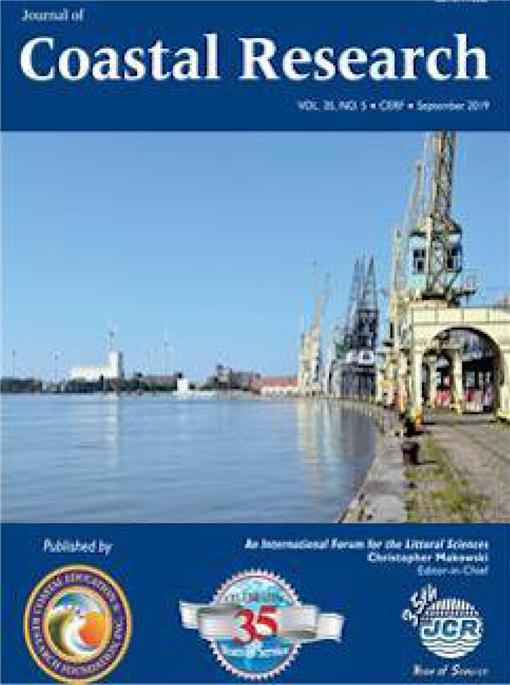Chen, Q.; Zhu, J.; Lyu, H., and Chen, S., 2019. Determining critical river discharge as a means to provide water supply security to the Changjiang River Estuary, China. Journal of Coastal Research, 35(5), 1087–1094. Coconut Creek (Florida), ISSN 0749-0208.
Shanghai is one of the six cities worldwide experiencing severe water shortage in the 21st century. To solve the water supply shortage problem, a strategic water source transfer from the Huangpu River to the Changjiang Estuary has been completed; approximately 80% of the supply of fresh water in Shanghai is taken from the water sources in the estuary, but the estuary experiences saltwater intrusion during periods of low river discharge, e.g., the dry season. The reservoirs cannot take water if the salinity is higher than 0.45 psu at the water intakes. The longest water residence time of the Chenhang Reservoir (CHR) is 7 days; thus, the CHR will experience water supply problems if the duration of saltwater intrusion is longer than 7 days. In this study, saltwater intrusion was simulated, and the critical river discharge was ascertained under different river discharge conditions using the improved Estuarine, Coastal, and Ocean Model, semi-implicit. The saltwater spillover from the North Branch arrived in the middle reaches of the South Branch during the subsequent moderate tide and neap tide, threatening the water intake of the CHR. During a period of spring–neap tides, the longest periods for which the CHR could not take water from the Changjiang Estuary were 5.0, 6.5, and 8.2 days under river discharge conditions of 11,500, 10,000, and 9000 m3/s, respectively. The saltwater intrusion increased when the river discharge declined, and the availability of useable freshwater resources in the estuary became severe. By finely adjusting the river discharge in the model, the authors found that the critical river discharge was 9500 m3/s. If the amount of river discharge reaches 9500 m3/s, the Shanghai government can ask the Changjiang Water Resources Committee to discharge more water from the Three Gorges Reservoir to restrain the saltwater intrusion and ensure water security in the megalopolis of Shanghai.





